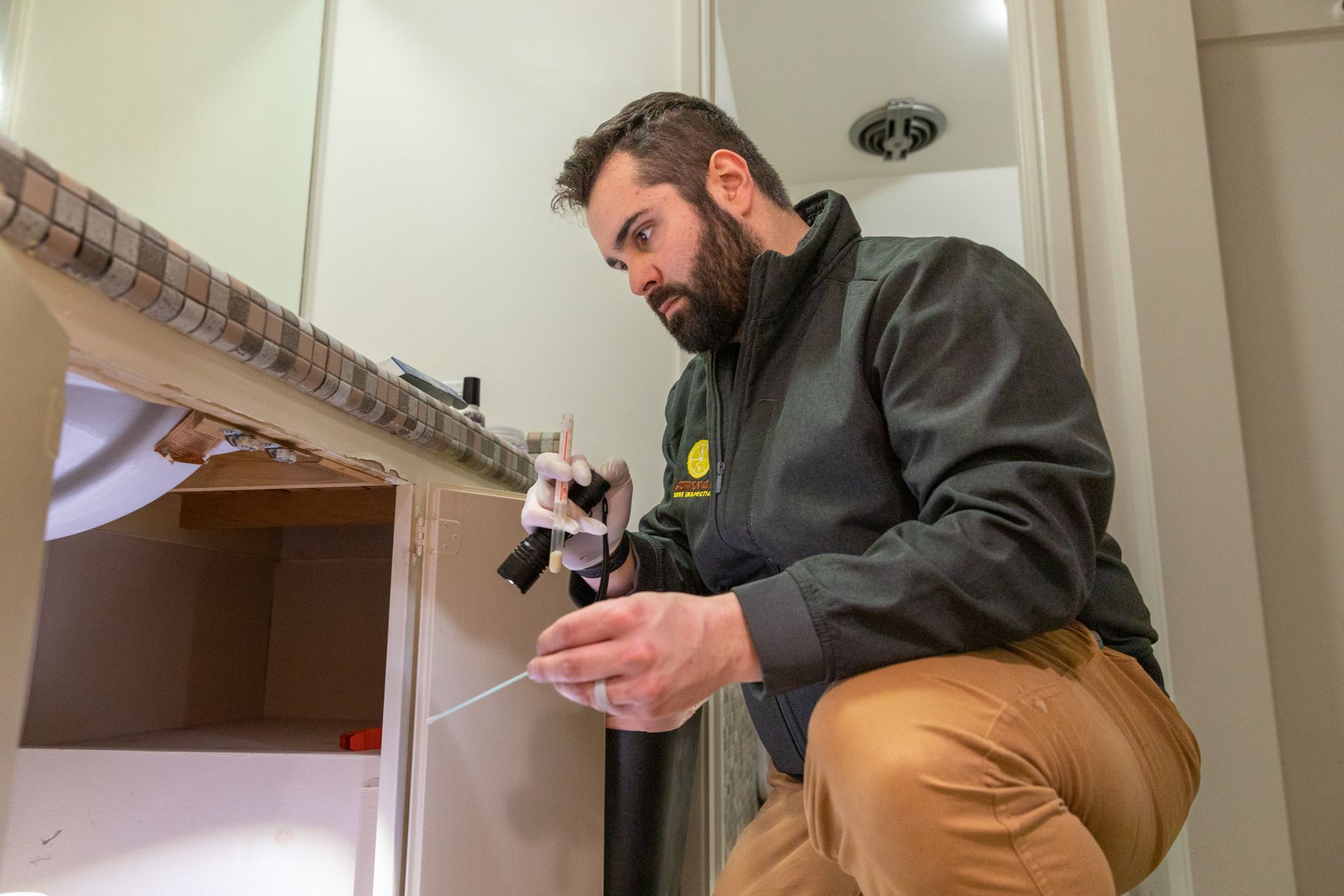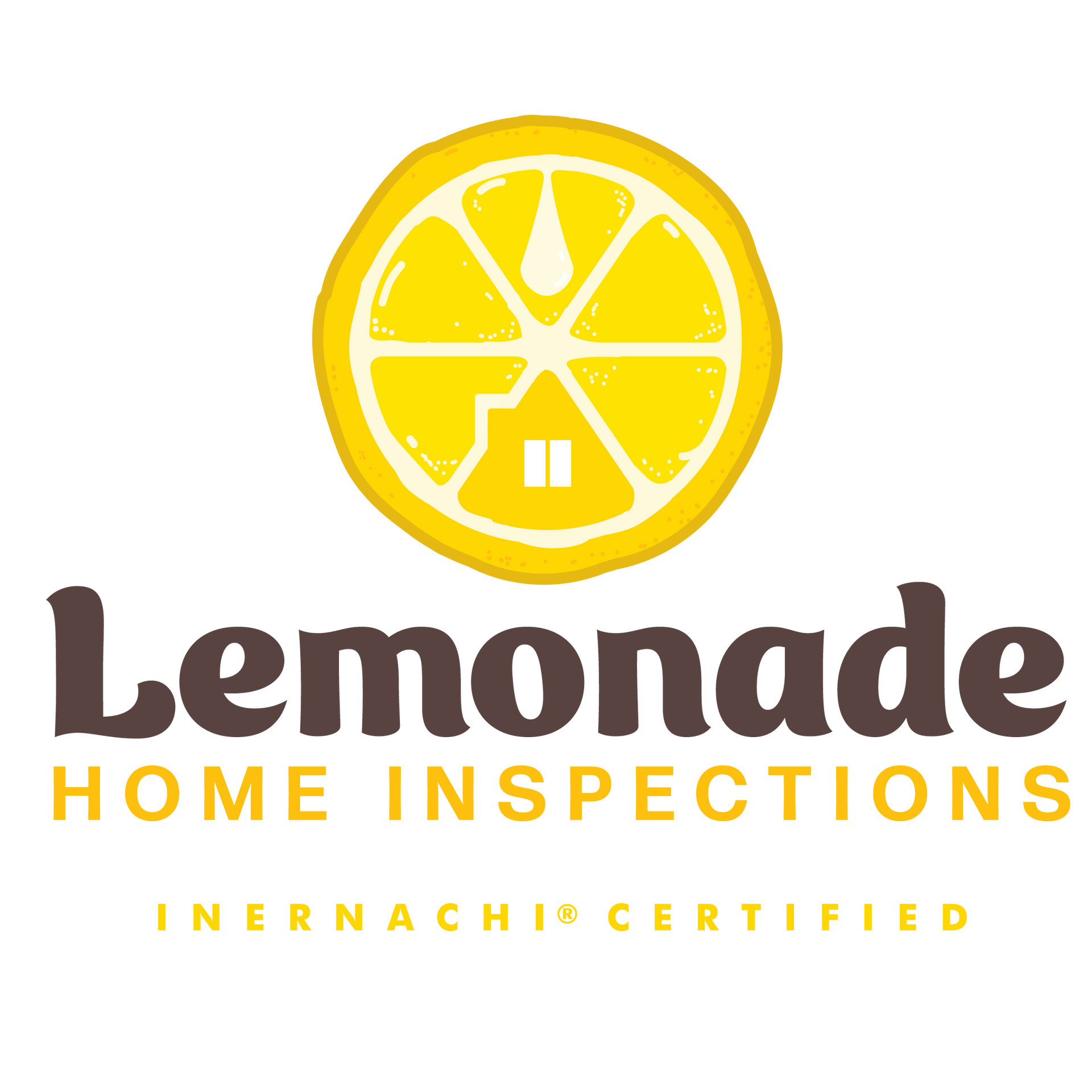A home inspection is a crucial part of the home buying and selling process. As a homeowner, you can take steps to prepare your property for the inspection, ensuring a smoother experience and potentially increasing your home's appeal to potential buyers. In this blog post, we'll provide a detailed checklist for homeowners to follow in order to ensure their property is in optimal condition before an inspection.
1. Clean and Declutter
A clean and organized home not only makes a good impression on potential buyers but also allows the inspector to access all necessary areas easily. Make sure to clean all rooms, declutter closets and storage spaces, and remove any obstacles that could block the inspector's access to important components of your home.
2. Ensure Easy Access
The home inspector will need access to all areas of your property, including the attic, basement, and crawl spaces. Make sure these areas are easily accessible by clearing any obstacles, unlocking doors, and providing a ladder if necessary.
3. Check Light Bulbs and Smoke Detectors
Inspectors will check your home's lighting and smoke detectors. Replace any burnt-out light bulbs and make sure all smoke detectors are functioning correctly. This not only ensures a smoother inspection but also demonstrates your attention to safety and maintenance.
4. Clean Gutters and Downspouts
Clogged gutters and downspouts can lead to water damage and other issues. Clean them out before the inspection to show that you've been proactive in maintaining your home's exterior.
5. Replace HVAC Filters
A dirty HVAC filter can reduce your system's efficiency and may raise questions about its maintenance. Replace your filters before the inspection to ensure your HVAC system is operating at its best.
6. Inspect Exterior Caulking and Seals
Inspect the caulking and seals around your home's windows, doors, and other exterior elements. If any areas are deteriorating or have gaps, make the necessary repairs to prevent water infiltration and improve energy efficiency.
7. Test Appliances and Fixtures
Make sure all appliances and fixtures in your home are in working order. Test your oven, dishwasher, and other appliances, as well as light switches and outlets. Address any issues you discover to ensure a smooth inspection.
8. Check for Leaks
Inspect your home for any signs of water leaks, such as stains on walls or ceilings, or puddles around plumbing fixtures. If you find any issues, address them before the inspection to prevent potential buyer objections.
9. Trim Trees and Bushes
Overgrown trees and bushes can cause damage to your home's exterior and create potential hazards. Trim back any branches or vegetation that are too close to your home, ensuring a clear path for the inspector to access all areas of the property.
10. Gather Documentation
Prepare any documentation related to your home's maintenance, repairs, and upgrades. This can include receipts, warranties, and permits for any work done on the property. Providing this information to the inspector can help establish a history of responsible homeownership and make the inspection process more efficient.
By following this checklist and properly preparing your home for inspection, you can create a positive impression on potential buyers and facilitate a smoother inspection process. Taking the time to address any issues and present your home in the best possible light can ultimately lead to a faster sale and a higher sale price, ensuring a successful outcome for both you and the buyer.




